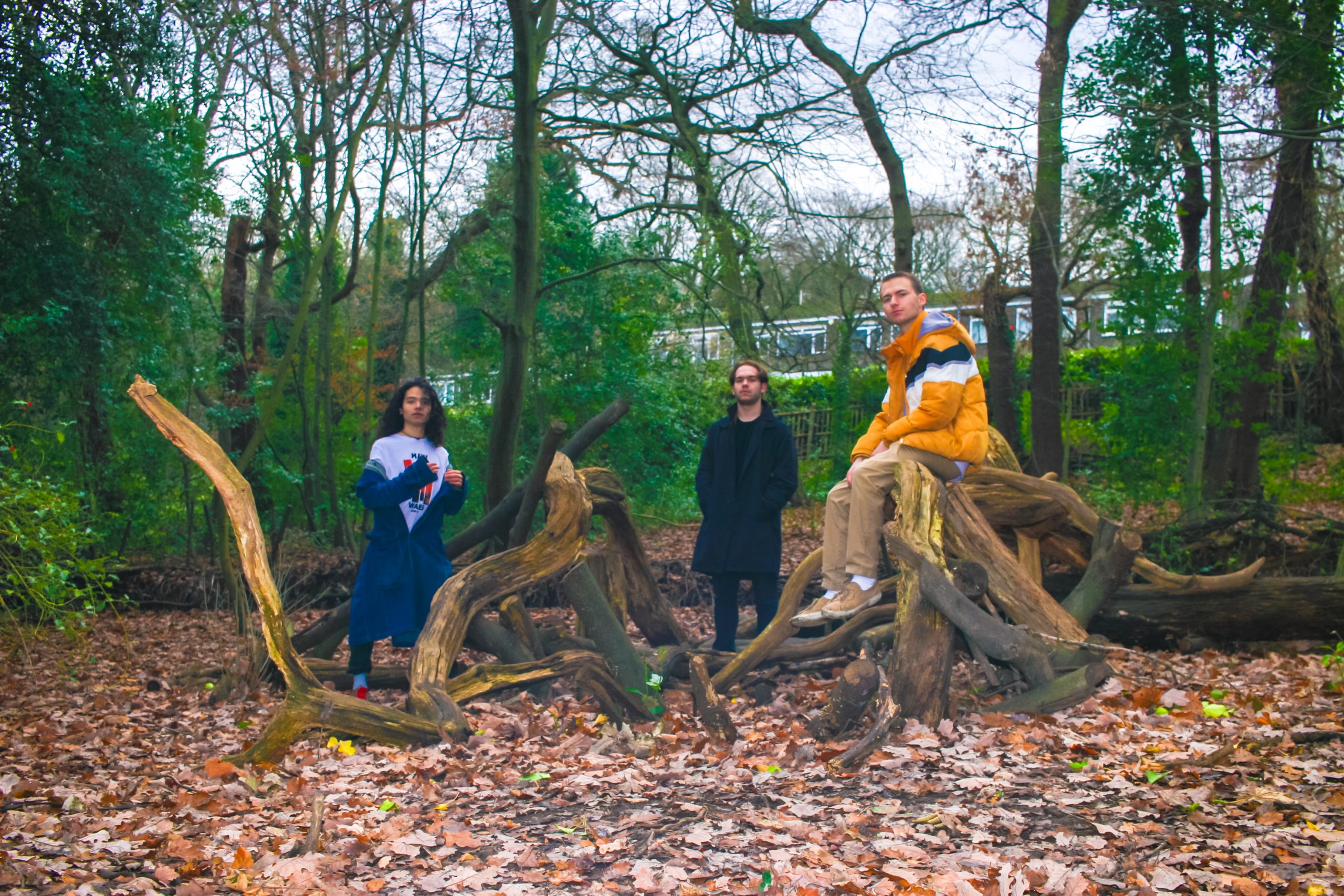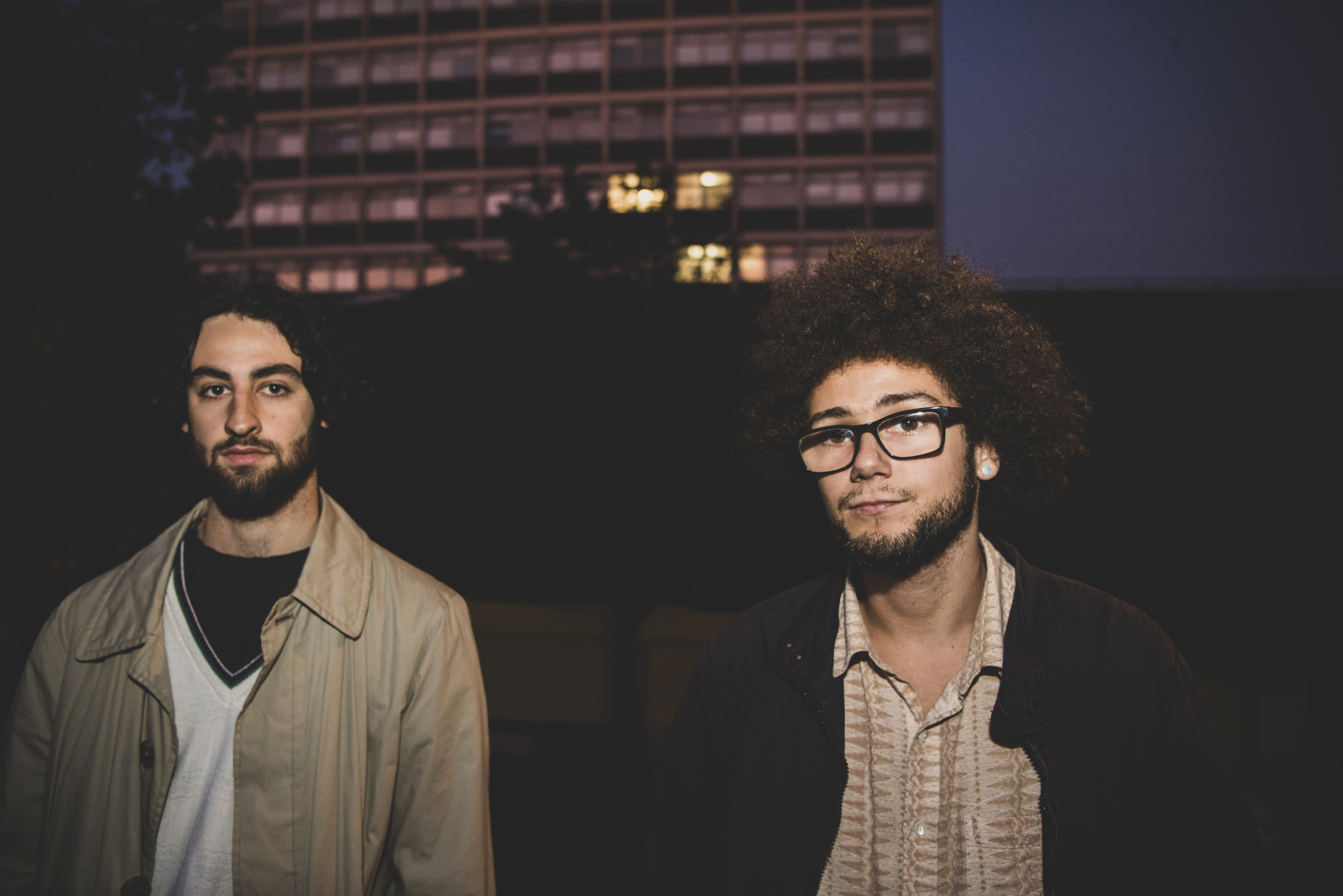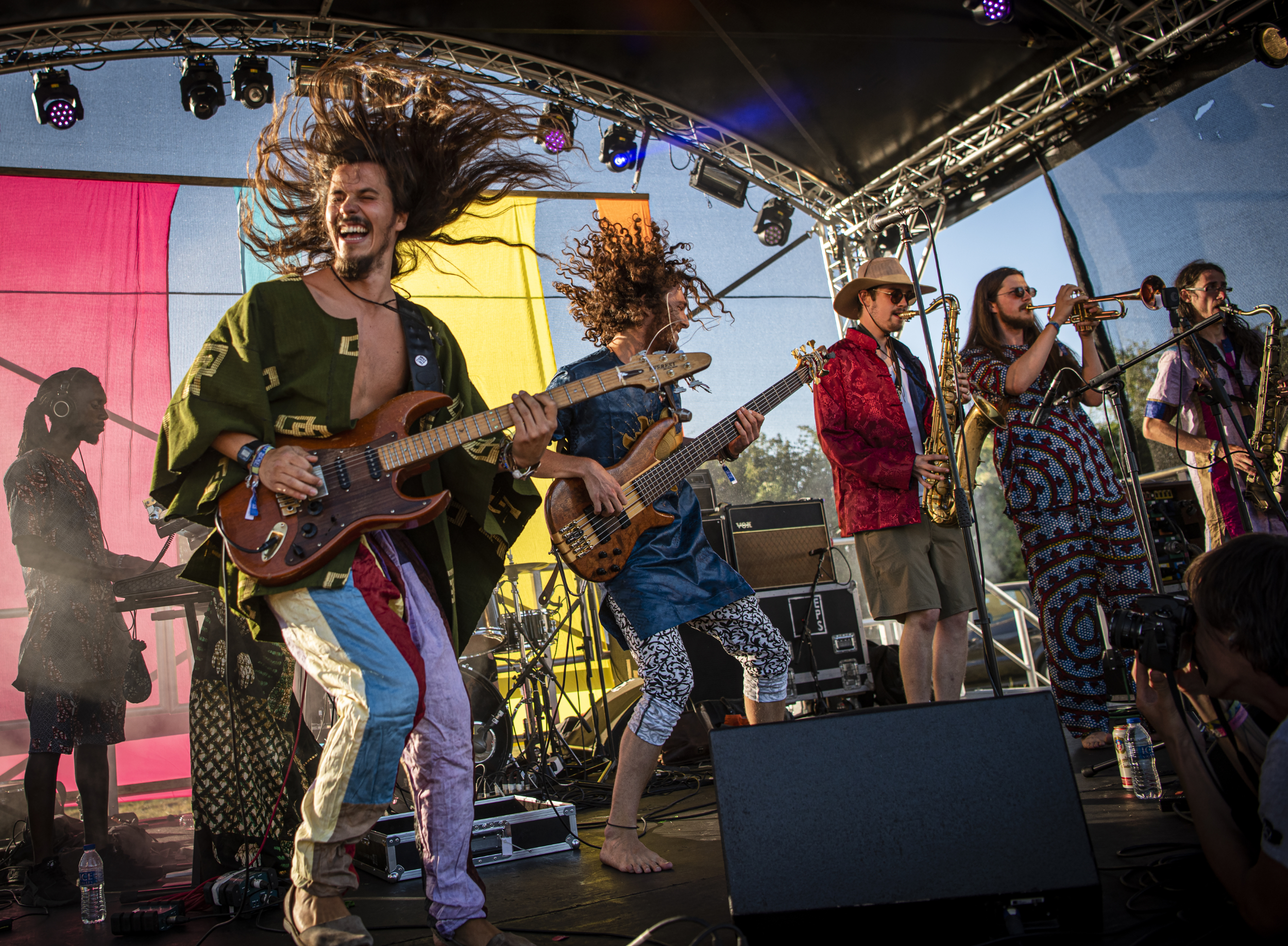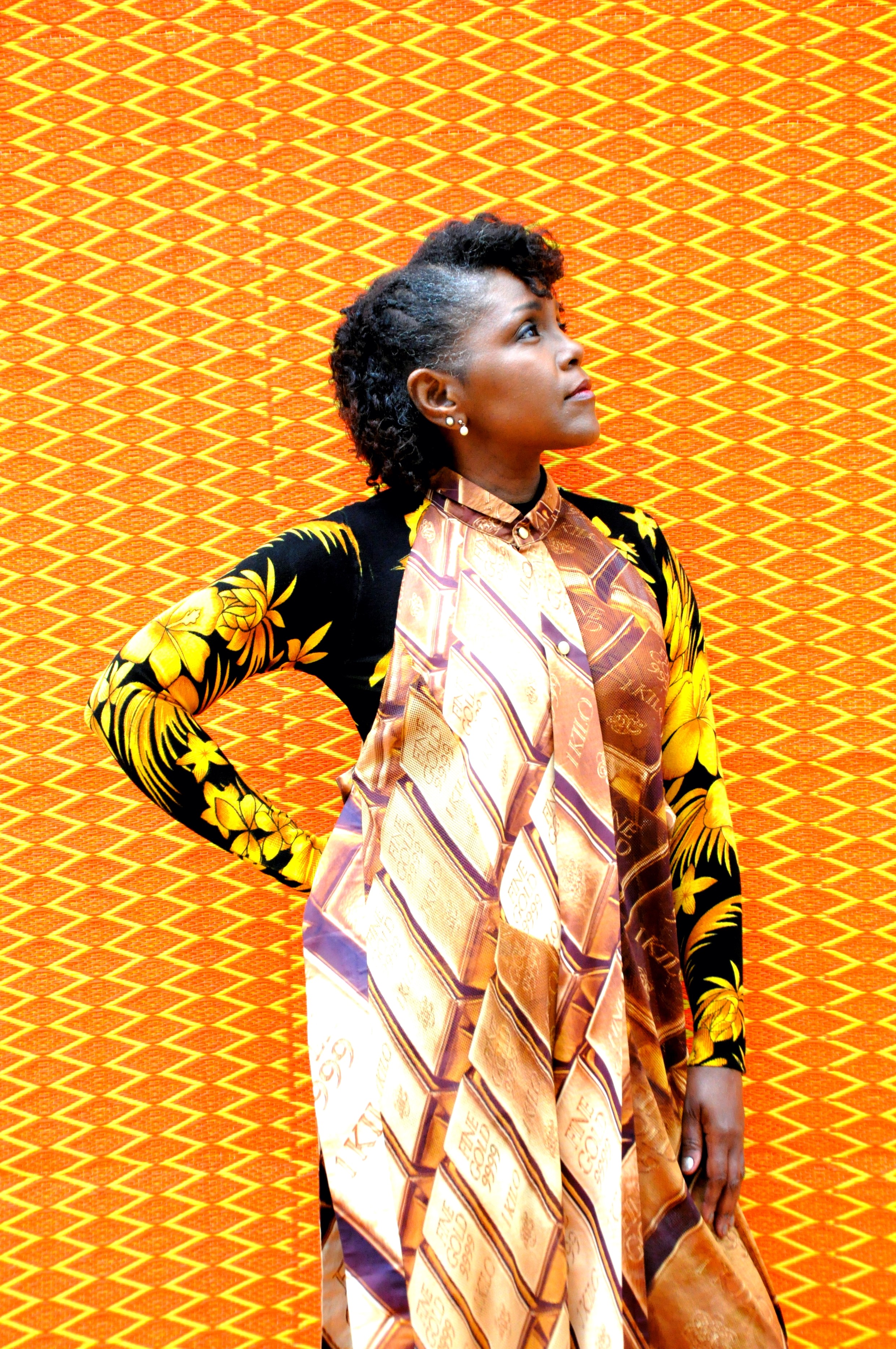Dave O’Higgins & Rob Luft Interview

SJM editor Charlie Anderson spoke to saxophonist Dave O’Higgins and guitarist Rob Luft at the start of their UK tour to promote their new album O’Higgins & Luft Play Monk & Trane.
Dave O’Higgins and Rob Luft have recorded a new album that they are currently touring throughout the UK. The musicians first met when Dave directed the National Youth Jazz Orchestra and Rob was in the guitar chair. As Dave states, “Of course in that situation it was apparent that Rob was a very capable musician, but I don’t think I got to hear him in his full glory at that time. We did a couple of small band gigs later on and I really got to hear what a great musician he was. Then a couple of years later he gave me a call to do some blowing gigs at a salubrious establishment called The Oval Tavern in Croydon on a Sunday lunchtime. It was one of those ‘call tunes as you go along’ kind of gigs. Things went pretty well so we decided to do another one on the strength of that.”
The duo’s latest album, entitled O’Higgins and Luft Play Monk & Trane, sees them performing music from their favourite composers, in a quartet that includes organist Scott Flanigan and drummer Rod Youngs. The Oval Tavern played an important role in the development of the project. According to Dave, “That was where the idea was first hatched. I came up with a wild idea. I said ‘let’s see if we can get half a dozen gigs in the book and maybe record something in my studio and take it from there’. So we started to make some enquiries, the both of us, and before we knew what had happened we had created this monstrous almost 40-date tour and had an album planned.”
Guitarist Rob remembers the Oval Tavern gigs well. “We were calling some tunes by Thelonious Monk, just off the cuff, and they were really great to play, often because we were playing with a Hammond organ player rather than a piano player and they sounded slightly different to a lot of other people’s versions and obviously very different to Monk’s versions as we were playing with guitar and without piano. It sounded totally fresh and different. I guess that was the springboard for the whole project. The Monk stuff was where it all came from, the Coltrane stuff came later. I think Dave came up with the Coltrane side of things.”
Dave agrees, “I’m a big fan of a lot of the Coltrane tunes that don’t get played so much. When people do Coltrane tributes they tend to concentrate more on the later phase, the modal things or perhaps beginning at Giant Steps and going later to the more modal writing such as A Love Supreme. I’ve always been a fan of the earlier Coltrane, more so the Prestige sessions, and a lot of the collaborations that he did with other musicians at that time. There’s a very strong stamp that he put on everything that he did. So we mixed up those different things. Through doing it we’ve developed our own methods and approach so that we put our own stamp on it the minute we take on a new tune.”
The album was recorded at Dave’s home studio with two days spent recording the quartet and one day recording the duo pieces. By the end of the recording they had a lot of material to choose from. As Dave says, “One of the nice things is they had so much music that we’ve got endless choices. We had a list of tunes that was more than we could fit into the record and we got through them very quickly. We recorded twice as much material as made it on to the album but it was very unforced, the whole process. The difficulty in choosing which tracks went on the album was trying to make an album that had a nice cohesive structure to it.”
The opening track of the album is one of Coltrane’s most famous ballads, Naima. As Dave says, “It’s an often-recorded tune but it developed in a nice way when we recorded it as a duo together. It shows off Rob’s versatility with soundscapes and effects to really good effect, and there’s a nice amount of drama opening up the record with that tune. Quite different to that is Locomotive, which doesn’t get played very much by Monk. We just took to it because it was one of those appealingly strange, contagious ear-worm tunes that only Monk seems able to write.”
Rob is in agreement about their choice of Monk tunes. “That was an important part of the recording and selection process throughout because we were definitely conscious of choosing Monk tunes which aren’t played very often at all. I think that was really important to us for the recording, to choose some quite unusual pieces by Thelonious Monk especially, such as Locomotive and a tune on the album called Dreamland, which is very obscure and has only been recorded by Monk a handful of times. It’s a very unusual selection. I think that was also an important part of the process: for us to showcase him and some great pieces of his which aren’t often played. That was a big aim. That was a really fun part of the process. Those ones were my favourites. It’s nice to say that these ones were quite special.”
Similarly, Dave feels that way about the Coltrane tunes on the album. “It’s the same with the standard I’ll Wait and Pray which is recorded by Coltrane on the Coltrane Jazz album. That’s a tune where you can hardly find any recorded versions of whatsoever, apart from the Coltrane version and the original Sarah Vaughan with Billy Eckstine version. I don’t think you’ll find any, well I haven’t found any other recorded versions of it. We were trying to be adventurous in that sense but yes of course we played one or two real evergreens like Naima and Round Midnight.” Rob agrees and points out, “I like to think we did them in very much our own way.”
As they continue to play together their group sound is developing and growing. As Dave points out, “We’ve got a similar aesthetic, making the lines blend and the sounds blend. We’re quite quick with intuiting the way we can work together so that the lines make sense. A case in point is that rather awkward Monk tune Trinkle Tinkle. I think the only recorded version with saxophone is the Monk & Coltrane recording. If you listen to that carefully it’s not entirely together so there was a degree of interpretation required because we wanted to really phrase it as accurately as we could. That’s one of the things, for instance, that we spent a bit of time on, really making sure that we conceived it rhythmically in the same way.”
Rob feels the same. “I think it’s a great combination. It’s a well-worn frontline sound, especially when you get it in the same octave. It just sounds very satisfying. I’ve noticed it more and more in recent years as I’ve played with several different tenor saxophone players. I think Dave has also worked with a lot of guitar players in the past, whether it be Jim Mullen, Martin Taylor or Mike Outram. And vice versa, I’ve worked with Iain Ballamy, Mark Lockheart and Dave. It’s always a real pleasure to get that sound really locked in, and when it does gel, it’s one of those great frontline sounds in jazz. It’s a nice, very full sound.”
That full sound is something that Dave sees as an advantage. “With a quartet with organ and guitar you kind of get a quintet out of a quartet in terms of sonority. So it enables us to tour a quintet sonority for the price of a quartet.”
With both the album and tour a success, both of them are keen to do more in the new year, including adding more material. As Dave says, “We feel there’s so much other stuff we want to play. In the course of the tour we’re juggling the need to play the things we’ve recorded (so that we can sell the album), but also our own quest for freshness and exploration and desire to explore the whole of the repertoire.” Rob points out that they’ve also been performing some original material. “We’ve started to play a couple of Dave’s original pieces on this tour already and that’s proving to be very fun. Scott Flanigan and Rod Youngs are both very versatile, flexible musicians who can jump into original music as easy as they can jump into Coltrane or Monk worlds. We’re testing the waters with different stuff.”
Next year they are hoping to tour venues that weren’t able to book them for the Autumn. Dave mentions one club in particular, “We’d love to go to The Verdict next year when we get round to doing some of the clubs that we didn’t manage to fit in this year.” But before the New Year there’s the last gig of their UK tour, as Dave says, “We’ve got the 17th in December at Jazz Hastings, John Donaldson’s club. We’ll be there on Tuesday 17th December. It will be great to see any Sussex jazz heads there.”
O’Higgins & Luft Play Monk & Trane
Jazz Hastings
Tuesday, 17th December, 2019
Interview by Charlie Anderson.
Photo by Christine Ongsiek.




